Fields of competence
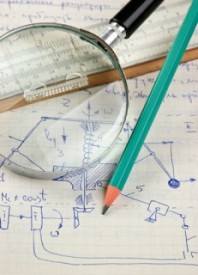
ROBOTNOR represents a unique synergy of academic and industrial expertise which allows us to counsel and comprehend a wide variety of tasks and projects. Our fields of competence are numerous and diverse.
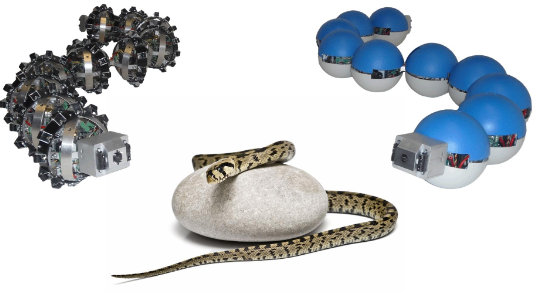
In a few years, snake robots will assist in search and rescue missions after earthquakes and carry out maintenance operations inside process pipes. ROBOTNOR has conducted research on snake robots for several years and is getting closer to realizing the potential of these mechanisms.
Inspired by the robustness and stability of biological snake locomotion, snake robots carry the potential of meeting the growing need for robotic mobility in unknown and challenging environments. By using the natural motion of snakes, rough and cluttered environments can be traversed with ease. The complex motion and modular nature of their design allow for a wide range of application areas. A snake robot typically consists of many serially connected joint modules capable of bending in one or more planes. The many degrees of freedom of snake robots are challenging to control, but provide locomotive skills that far surpass more conventional robot designs. These mechanisms can swim, climb, and slither their way in challenging environments in order to solve a variety of tasks.
ROBOTNOR began its research activity on snake robots in 2003 after several major city fires in Trondheim, which launched an initiative to stimulate efforts that would improve fire safety. A specific idea which spurred from this initiative was the vision of a self-propelled fire hose that can assist human firefighters by moving in extreme environments with the agility of a biological snake. To demonstrate this application, researchers at ROBOTNOR developed the water hydraulic snake robot Anna Konda, which laid the foundation of our current research activity on snake robots. The work on the Anna Konda robot helped us identify several major research challenges. The critical and most significant research challenge was, and still is, the serpentine propulsion mechanism of this system. Our current research is therefore targeted at understanding how these mechanisms can be controlled in order to move efficiently in cluttered and challenging environments.
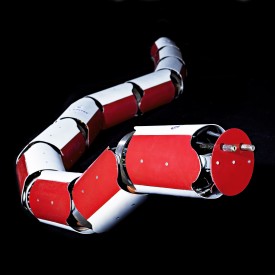
The snake robot Anna Konda.
Foto: Geir Mogen © SINTEF
ROBOTNOR has several ongoing research activities related to snake robotics involving Master and PhD students at NTNU and also researchers at SINTEF. Our research is regularly presented in national and international media. You can also read more about our research in our new book, which was recently published by Springer.
We have developed several physical snake robot prototypes so far which we are using to increase our understanding of snake robot locomotion (see the Projects tab below). We are also currently developing a new prototype which will be used to demonstrate applications of snake robots in outdoor environments and also for swimming under water. The new robot is called Mamba. More information about this robot will be posted soon.
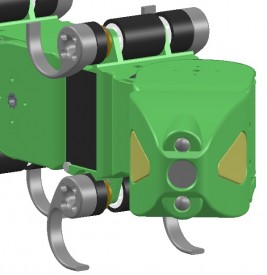
The snake robot Mamba.
Future applications of snake robots are numerous. The agile motions of these mechanisms allow them access almost anywhere. They can be made to enter disaster areas and perform search-and-rescue missions, or they can monitor and perform maintenance inside industrial plants and pipe structures. With the aid of innovative minds, the potential of snake robots can be harnessed and give way to infinite applications.
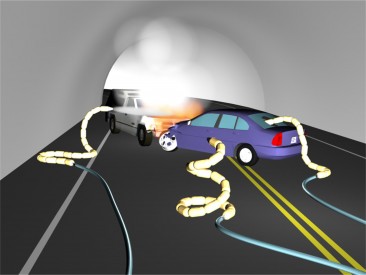 |
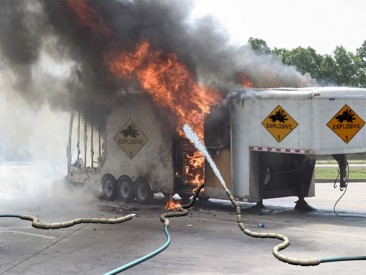 |
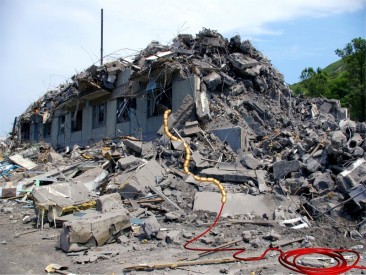 |
 |